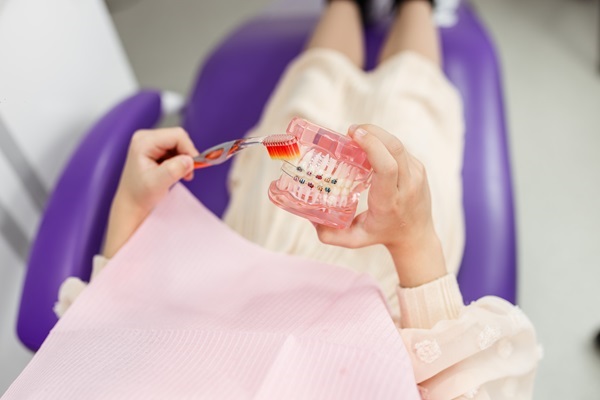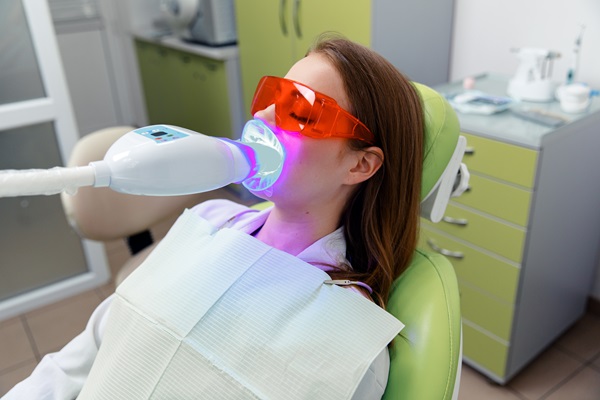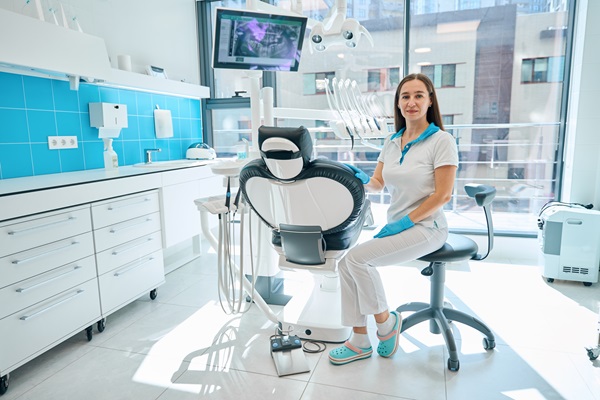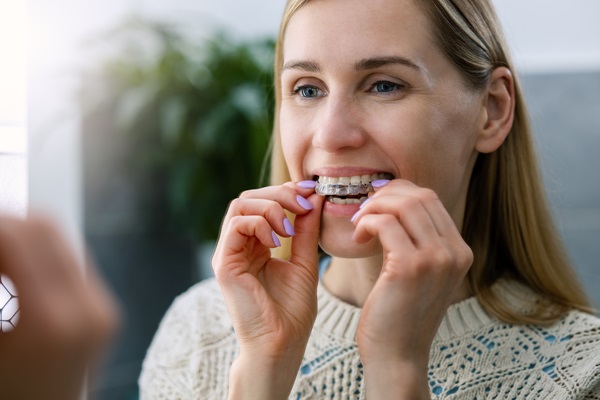Braces For KidsCamas, WA
Orthodontic treatments, including braces, have long been used to treat teenagers and adults with misaligned permanent teeth. Today, development in braces allows for their use on children who may still have some or all of their primary teeth. It is both safe and effective when a child’s case is severe or complicated, and their condition may worsen without intervention in early development.
At All Star Orthodontics, we offer braces for kids experiencing malocclusion and misalignment issues. Our team can help guide their teeth for the proper development of permanent teeth. To learn more about the treatment or schedule an appointment, call 360-799-3466 today.
History of Braces
Since 400-500 BC, archaeologists found that ancient civilizations were using different forms of braces as teeth-straightening appliances. They revealed their findings of crudely-fashioned attachments on mummies’ teeth that indicate early attempts at teeth straightening. The first finding of dental bonding was ligature gold wiring used in ancient Egypt.
Archaeological evidence has found various other materials used as teeth-straightening appliances, including platinum, silver, steel, rubber, vulcanite, wood, ivory, zinc, copper, and brass. In the late 1800s, traditional metal braces were created, and in the 1970s, brackets were born, providing more durability and security than ever before. Braces are still a common treatment to this day because of the rich history and applied expertise.
Conditions in Young Kids Requiring Braces
Although we recommend children only undergo braces treatment when the majority of their permanent teeth have grown, we assess children based on risk. Some children show early signs of various conditions that can worsen their teeth through the development of permanent teeth. This would leave the child’s teeth in a much worse state later in life. Conditions that need immediate attention include:
- Crooked Teeth: teeth and roots that grow in a slant and affect surrounding teeth and bone
- Overlapping: teeth that grow simultaneously in the same area and cause overlap
- Overcrowding: the presence of extra teeth in the mouth
- Overspaced Teeth: gaps between teeth
- Malocclusion: problem in the overlapping of the top and bottom jaw; also known as “bad bites” (overbites, underbites, and crossbites) that cause dental problems and limit dental hygiene.
- Cleft Palate: requires orthodontic treatments before first teeth come out.
Risk Factors of Kids Requiring Braces
Tooth and jaw alignment issues can stem from a variety of factors including both genetic and environmental influences. Most general and family dentists can detect early signs of misalignment and improper development of the teeth in children as young as 6 years of age. The most common causes of required orthodontic treatment in early childhood are losing baby teeth too soon, accidents, injuries, and habits such as thumb-sucking.
The Treatment Procedure
During the first appointment, we will discuss the patient’s medical history and current oral health status. We thoroughly examine the patient through both a physical exam and extensive X-rays that provide information about the entire mouth, including internal roots and tissue. This allows us to create customized braces for each patient’s specific case.
On the following visit, we will apply the braces and bond them to the teeth. However, the child will have a chance to choose the color of their choice. The application appointment takes the longest as we have to individually attach each bracket to the corresponding tooth and then secure elastic bands between each bracket. This appointment may take up to two hours. Upon completion, we will discuss proper care and maintenance of the braces, teeth, and gums during treatment.
Maintaining Healthy Teeth During Braces Treatment
Orthodontic treatments help keep oral health and hygiene up to par, while also establishing appropriate jaw alignment and function. Maintaining a healthy oral cavity reduces the risk of gum disease, tooth decay, or other periodontal conditions. Braces in early childhood allow for a proper bite, which in turn supports good biting, chewing, and speech development.
It is imperative that children learn how to practice good oral hygiene habits during their orthodontic treatment. This entails brushing twice a day, flossing and rinsing daily, and caring for the braces themselves. We will discuss proper brushing and flossing methods as well as how to maintain braces with each patient and their parent. This will include a list of prohibited foods and beverages, along with improper brushing and flossing methods.
Schedule a Visit Today
Braces are available at our office. The All Star Orthodontics team looks forward to treating your child and helping them achieve a healthy smile. Call our office at 360-799-3466 to learn more or schedule an appointment.
Check out what others are saying about our Braces For Kids services on Google: Braces For Kids in Camas
Frequently Asked Questions About Braces For Kids
What is the age range for kids’ braces?
We commonly treat young patients from the age of 6 up to age 10. This is the age range of early orthodontic intervention when children still have remaining primary teeth. Braces are only recommended for children when an oral condition that will likely worsen over time or when the teeth or jaw are misaligned and developing incorrectly.
Is there a set criteria for children undergoing braces treatment?
Braces become necessary when a child experiences early, late, or irregular loss of baby teeth, difficulty chewing or biting, or their jaw and teeth are severely misaligned, crowded, or overly-spaced. Some children may not qualify for early braces treatment if we believe it is more beneficial for them to wait until their permanent teeth have developed.
Do children have to wear a retainer after braces treatment?
In most cases, we recommend all orthodontic patients wear a retainer to prevent relapse. Teeth naturally tend to shift back to their original placement, especially in young patients with growing teeth. The teeth and jaws continue developing until the age of 18, making it much more likely that they move back and require another round of treatment.
How can children maintain their braces and oral health?
There are special types of floss and brushes that clean braces, teeth, and gums properly. It is crucial that parents discuss the importance of oral hygiene and the benefits of orthodontic treatment with their child. We will also teach your child how to properly brush and floss as well as take care of their oral health through hygiene and nutrition.
How much do braces cost for children?
Cost of treatments vary from patient to patient depending on the severity of the case and duration of treatment. The average cost of braces for kids is between $3,000 to $7,000 but can be reduced with the help of insurance and treatment plans. We will discuss your options at the end of the first appointment.
Do braces hurt?
The application of braces does not hurt but patients may experience discomfort, pressure, and soreness during the first week of treatment. This is due to the constant force being exerted on the teeth when the mouth is usually not used to this. If your child experiences unbearable pain, contact us as soon as possible to schedule a check-up and we can loosen the wires to release the tension. We urge parents to communicate with us regularly in order to ensure their child’s progress is going according to the treatment plan.
Contact Us
All Star Orthodontics is located at
2115 SE 192nd Ave Suite 102
Camas, WA
98607





